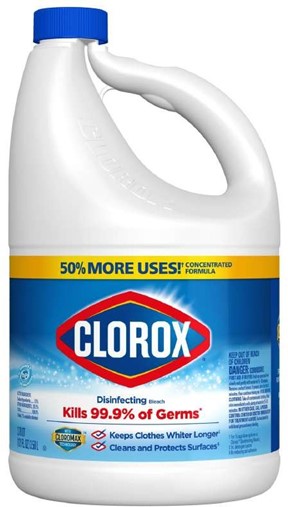A nurse is reviewing the laboratory results of a client who has nephrotic syndrome.
Which of the following results should the nurse expect?
Proteinuria.
Hypolipidemia.
Hyperalbuminemia.
Increased hemoglobin.
The Correct Answer is A
Proteinuria is the presence of excess protein in the urine, which is a hallmark of nephrotic syndrome. Nephrotic syndrome is a kidney disorder that causes increased permeability of the glomerular basement membrane, leading to loss of protein and other substances in the urine.
Choice B is wrong because hypolipidemia is a low level of lipids in the blood, which is not expected in nephrotic syndrome. On the contrary, nephrotic syndrome causes hyperlipidemia, which is a high level of lipids in the blood, due to increased synthesis and decreased clearance of lipoproteins.
Choice C is wrong because hyperalbuminemia is a high level of albumin in the blood, which is not expected in nephrotic syndrome. On the contrary, nephrotic syndrome causes hypoalbuminemia, which is a low level of albumin in the blood, due to loss of albumin in the urine and decreased synthesis by the liver.
Choice D is wrong because increased hemoglobin is not expected in nephrotic syndrome. On the contrary, nephrotic syndrome can cause anemia, which is a low level of hemoglobin in the blood, due to loss of iron and erythropoietin in the urine and decreased production of red blood cells by the bone marrow.
Normal ranges for proteinuria are less than 150 mg per day or less than 10 mg per deciliter on a random urine sample. Normal ranges for serum lipids are total cholesterol less than 200 mg per deciliter, LDL cholesterol less than 100 mg per deciliter, HDL cholesterol more than 40 mg per deciliter for men and more than 50 mg per deciliter for women, and triglycerides less than 150 mg per
deciliter. Normal ranges for serum albumin are 3.5 to 5.0 grams per deciliter.
Nursing Test Bank
Naxlex Comprehensive Predictor Exams
Related Questions
Correct Answer is A
Explanation
This is outside of the expected reference range for a 2-week-old infant, which is 30 to 60 breaths per minute. A respiratory rate higher than 60 breaths per minute can indicate respiratory distress or infection.
Choice B is wrong because BP 64/42 mm Hg is within the normal range for a 2-week-old infant, which is 65 to 85/45 to 55 mm Hg.
Choice C is wrong because Axillary temperature 36.6° C (97.9° F) is within the normal range for a 2-week-old infant, which is 36.5 to 37.5° C (97.7 to 99.5° F).
Choice D is wrong because Apical heart rate 124/min is within the normal range for a 2-week-old infant, which is 110 to 160 beats per minute.
Correct Answer is D
Explanation
Bleach.

According to the CDC, bleach is an effective disinfectant for environmental surfaces contaminated with blood or body fluids from a person with AIDS or other bloodborne pathogens. Bleach can kill HIV and hepatitis viruses when used in a 1:10 dilution with water.
Choice A is wrong because isopropyl alcohol is not recommended for disinfecting environmental surfaces. It can evaporate quickly and may not have enough contact time to kill the pathogens.
Choice B is wrong because chlorhexidine is an antiseptic, not a disinfectant. It is used for skin cleansing or wound irrigation, but it is not effective against spores or non-enveloped viruses.
Choice C is wrong because hydrogen peroxide is a low-level disinfectant that can be inactivated by organic matter.
It is not suitable for disinfecting surfaces contaminated with blood or body fluids.
Whether you are a student looking to ace your exams or a practicing nurse seeking to enhance your expertise , our nursing education contents will empower you with the confidence and competence to make a difference in the lives of patients and become a respected leader in the healthcare field.
Visit Naxlex, invest in your future and unlock endless possibilities with our unparalleled nursing education contents today
Report Wrong Answer on the Current Question
Do you disagree with the answer? If yes, what is your expected answer? Explain.
Kindly be descriptive with the issue you are facing.
